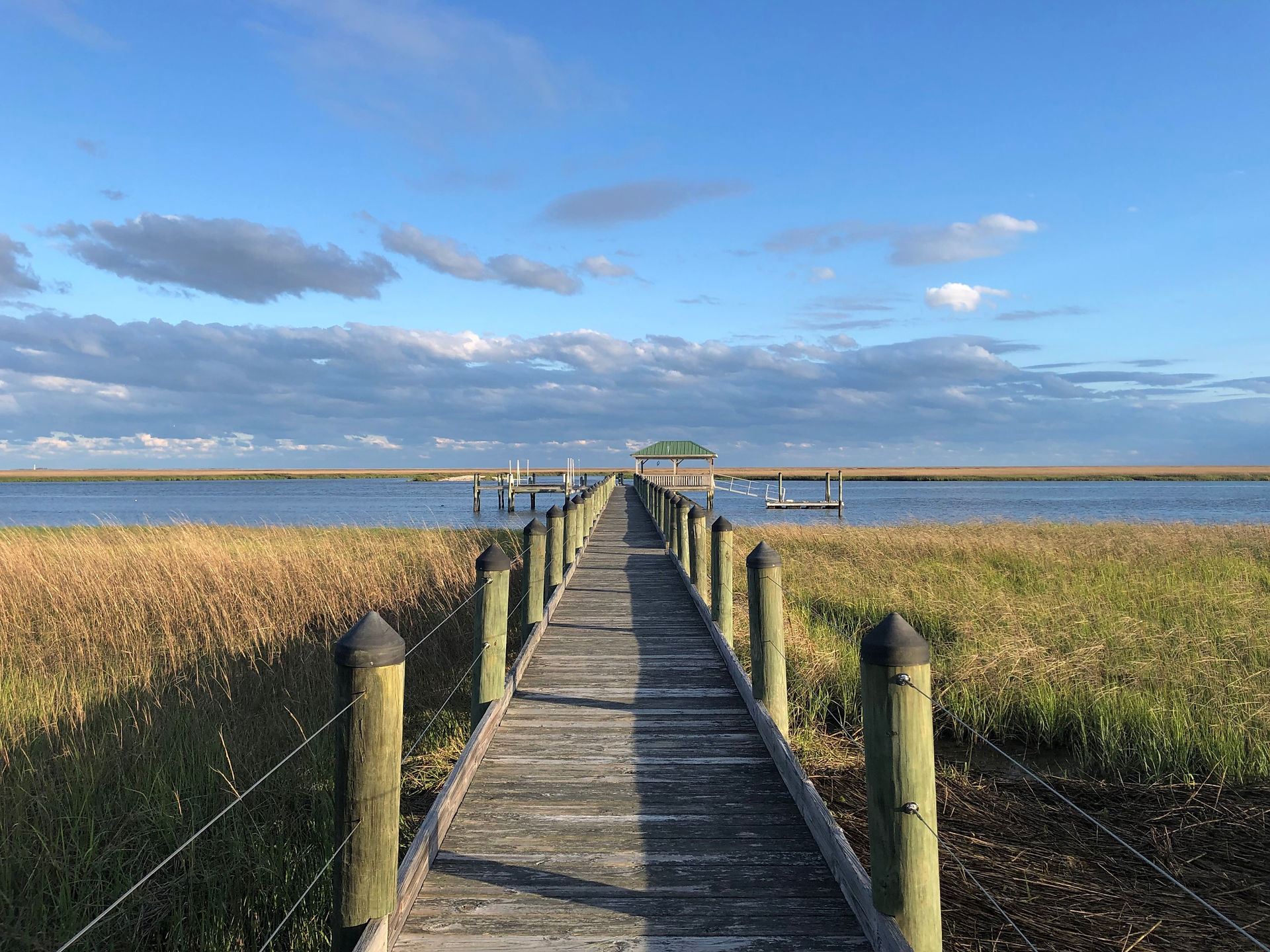On Sandstorms & Bathwater
- Caroline Mauldin
- Mar 4
- 4 min read

"You become. It takes a long time. That's why it doesn't often happen to people who break easily, or have sharp edges, or who have to be carefully kept. Generally, by the time you are Real, most of your hair has been loved off, and your eyes drop out and you get loose in the joints and very shabby. But these things don't matter at all, because once you are Real you can't be ugly, except to people who don't understand."
-Margery Williams, The Velveteen Rabbit
Notions & Contemplations
The Sandstorm & The Bathwater
Way back in March 2023, I wrote to you about the “shifting sands” of national discourse on equity and inclusion, topics that I have spent much of the last five years exploring with colleagues and clients. If the sands were shifting then, we are now experiencing an Arrakis-level sandstorm. “DEI,” or diversity, equity, and inclusion, has become a political demon to be exorcised from our society.
As I have written before, one of the tragedies of our current political climate is the near total absence of nuance in public debate. Sure, not all DEI programs have delivered on their promise. I’ll be the first to admit that some have been downright silly, if not destructive. But a great deal of work to advance equity and inclusion via systems and behavior change has yielded good results for organizations–and their stakeholders. Unfortunately, those outcomes, often only measurable in the long-term, are drowned out by the dogwhistle of the day. And thus: out with the bathwater, the DEI baby goes.
In this case, however, I suspect that programs advancing diversity, equity, and inclusion are not going away as much as they are being rebranded. Yes, we are in a moment of chaotic upheaval. But regardless of where the political winds are blowing, it is worth remembering some other pertinent points about this wild world of ours:
→ According to the last census, the U.S. population–and the nation’s workforce–is diversifying faster than expected.
→ Due to innate, unconscious bias, humans feel most comfortable with people who come from similar backgrounds.
→ Studies point to a positive correlation between diverse teams and higher revenue.
For those keeping score, it follows that smart leaders will continue to invest in programs that improve an increasingly diverse workforce’s ability to innovate and thrive across differences, ultimately improving their organization’s ability to recruit and retain representative teams that deliver for the bottom line. (See: Delta’s Ed Bastian and JP Morgan Chase’s Jamie Dimon; by the way, last I checked, both are still capitalists!)
It’s About Staying Competitive
Though I can’t speak for those leaders, I can tell you what I witnessed in designing and facilitating dozens of inclusive leadership workshops for clients: the consistent, intentional practice of creating an environment for people of diverse backgrounds to thrive leads to more trust, collaboration, and innovation, which in turn yields a more resilient and competitive organization.
Here it is in a handy flow chart:

Given my experience with advancing inclusive practices as a means of remaining competitive, it is curious to me that so many folks find such grave offense with “DEI” as a general term and field of practice. My work with corporate and nonprofit clients has taught me that each of us–no matter our race, gender, religion, or shoe size–can benefit from strengthening our interpersonal skills in a dynamic workplace. After all, who among us doesn’t need the occasional reminder on how to cultivate empathy, name our blindspots, improve how we give and receive feedback, or clarify our expectations of one another (just to name a few)? Sign me up for this curriculum any day!

Assuming your organization isn’t entirely homogeneous, these skills help foster a culture of learning, growth, and innovation in which talent thrives and revenue climbs. The key, as Lily Zhang points out in her HBR article, “What Comes After DEI,” is that building an empathetic, growth-oriented, collaborative workplace is a matter of “improving systems rather than ‘fixing’ individuals [which] requires change management, not a one-time intervention.”
In sum, equity and inclusion work done well can be transformational. And though “DEI” isn’t fashionable at the moment, staying competitive in a capitalist system will never go out of style. So long as humans are wired for familiarity in a world that is increasingly unfamiliar, we will need help learning how to navigate our changing environs. When the sandstorm clears, those firms that continue to invest in building a growth-oriented workplace will be in the strongest position to lead, no matter what wayward politicians say.
Onward,

On My Playilst + Feed + Calendar
Who doesn’t love a good Deviled Eggs Recipe?
I found this one particularly…poignant!
Music to start the morning with.
By far the best part of my day is introducing my 11-month old son to new music. Here are some of our favorites this month.
The collaboration we didn’t know we needed between Allison Russell and Annie Lennox. Yes, the Annie Lennox. (Beautiful Video | Spotify)
The Complete Prestige/Bluesville Recordings from the late Lightin’ Hopkins, who was once called “the embodiment of the jazz-and-poetry spirit, representing its ancient form in the single creator whose words and music are one act" (H/T to my brother Tom for sharing!)
Anything by I’m With Her and particularly these two new releases.
Hakuna Matata. Obviously.
Anything by Dan Harris.
I realize I’m a bit late to the 10% Happier podcast party, but Dan Harris’ practical interpretations and integrations of mindfulness are right on time for me. The first line of his Substack About page reads “No matter how comfortable your circumstances, it’s hard to be alive.” Truth! Highly recommend this no-nonsense 10-minute meditation.
This moodboard on “creating through fear.”
One of many great reminders below, curated by the good people at Sublime and Create.Repeat.









Comments